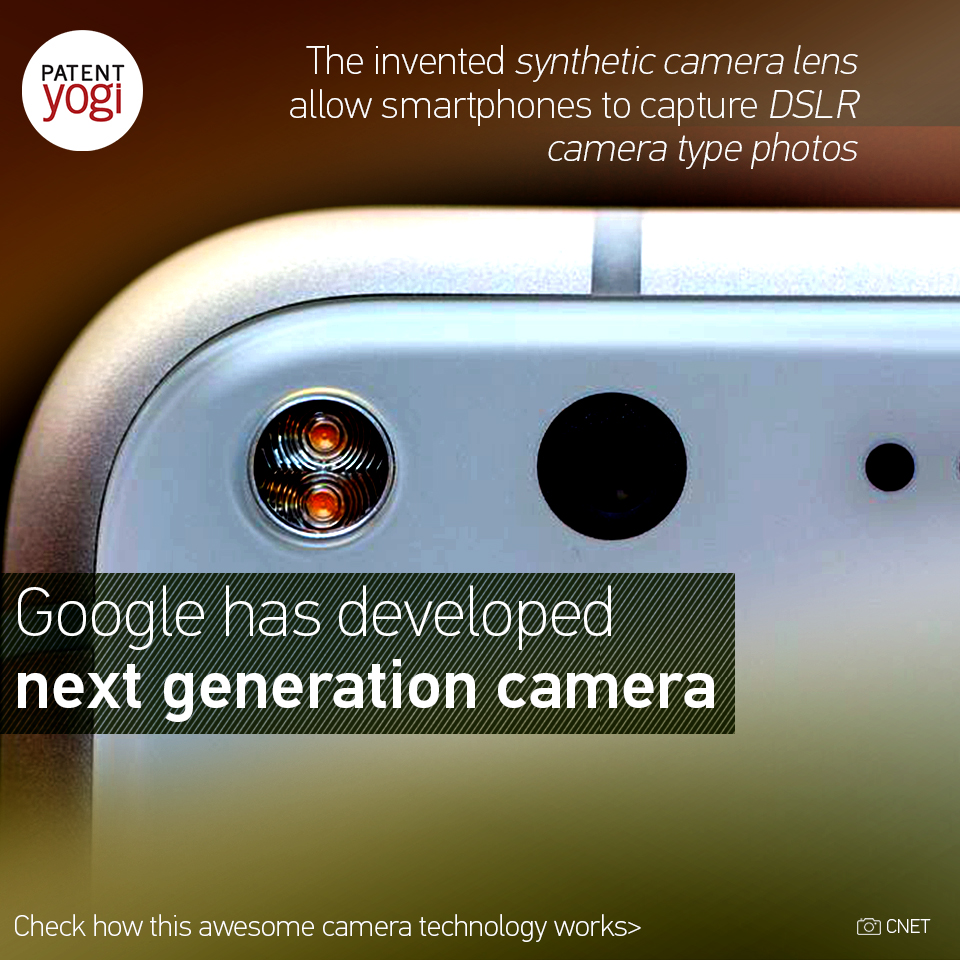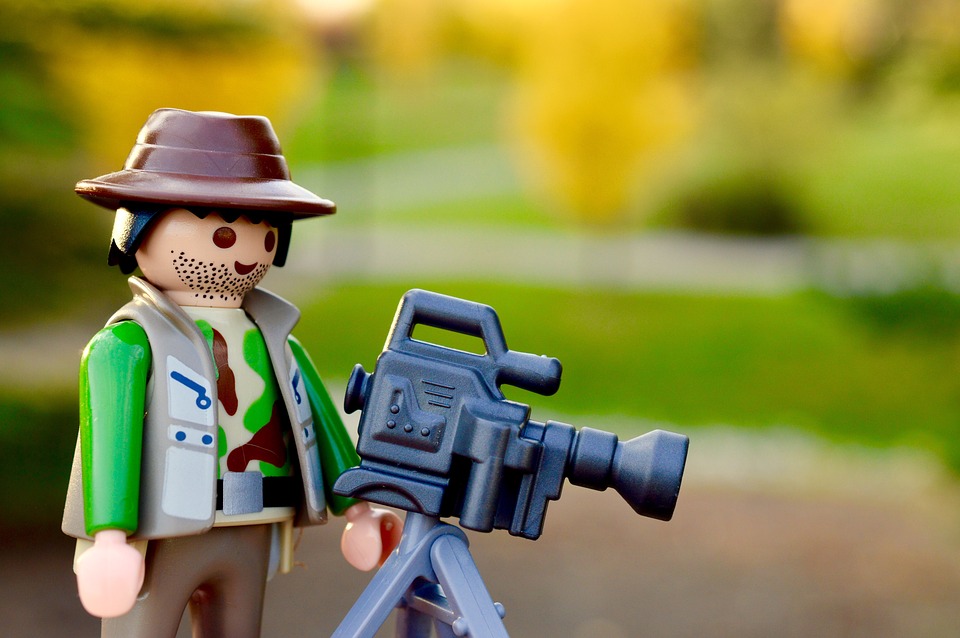Most professional DSLR cameras provide an option to use different types of lens for different situations to get that perfect shot.
For example, a wide angle lens for wide shots, a fisheye lens for extreme wide-angle lenses with an angle of view of up to 180 degrees or more, a macro lens for extreme close-up work, and telephoto lens to bring distant objects closer.
Smartphones lack this capability. The form factor of smartphones is not suitable for providing mounts for interchangeable lens. Although, some third party mounts and lens are available for smartphones, but it is cumbersome to use them.

Google has invented a way out of this problem by developing synthetic camera lens. These synthetic lens simulate different types of camera lens on a single smartphone by guiding a user through a set of images to be captured in connection with one or more desired lens effects.

For example, a wide-angle lens is simulated by taking multiple images at a particular location over a set of camera orientations that are determined based on the selection of the wide-angle lens. The smartphone provides prompts to the user indicating the camera orientations for which images should be captured in order to generate the simulated camera lens effect.
Upon capturing the multiple images needed for the selected lens type, the smartphone then combines the captured images to generate a combined image. For example, the captured images may be combined through the process of image stitching. In addition, the stitched images may be processed so as to produce a desired optical effect for the selected lens type. For example, the stitched images may be mapped onto a particular projection, such as for example, rectilinear, cylindrical, spherical, Panini, or stereographic.

For example – A user may select a fisheye lens type, having an angle of view between 100 and 180 degrees. The actual lens of camera in a smartphone may have an angle of view less than 70 degrees. Therefore, the smartphone captures multiple images, which are then combined to generate an image consistent with the desired lens type. Then, the smartphone processes the captured images to simulate the curvilinear distortion that is produced by a fisheye lens.
Publication number: US 9,467,620
Patent Title: Synthetic camera lenses
Publication date: 11 Oct 2016
Filing date: 14 Jan 2015
Inventors: Scott Ettinger; David Lee; Evan Rapoport; Jake Mintz; Bryan Feldman; Mikkel Crone Koser; Daniel Joseph Filip;

